When organising a creative session, you need to create a setting where new ideas can flourish. Guide the work of participants and facilitators with this set of values, principles and practices which form the basic ingredients of a successful creative session.
Contents
The right ingredients for a successful brainstorming session:
Passion
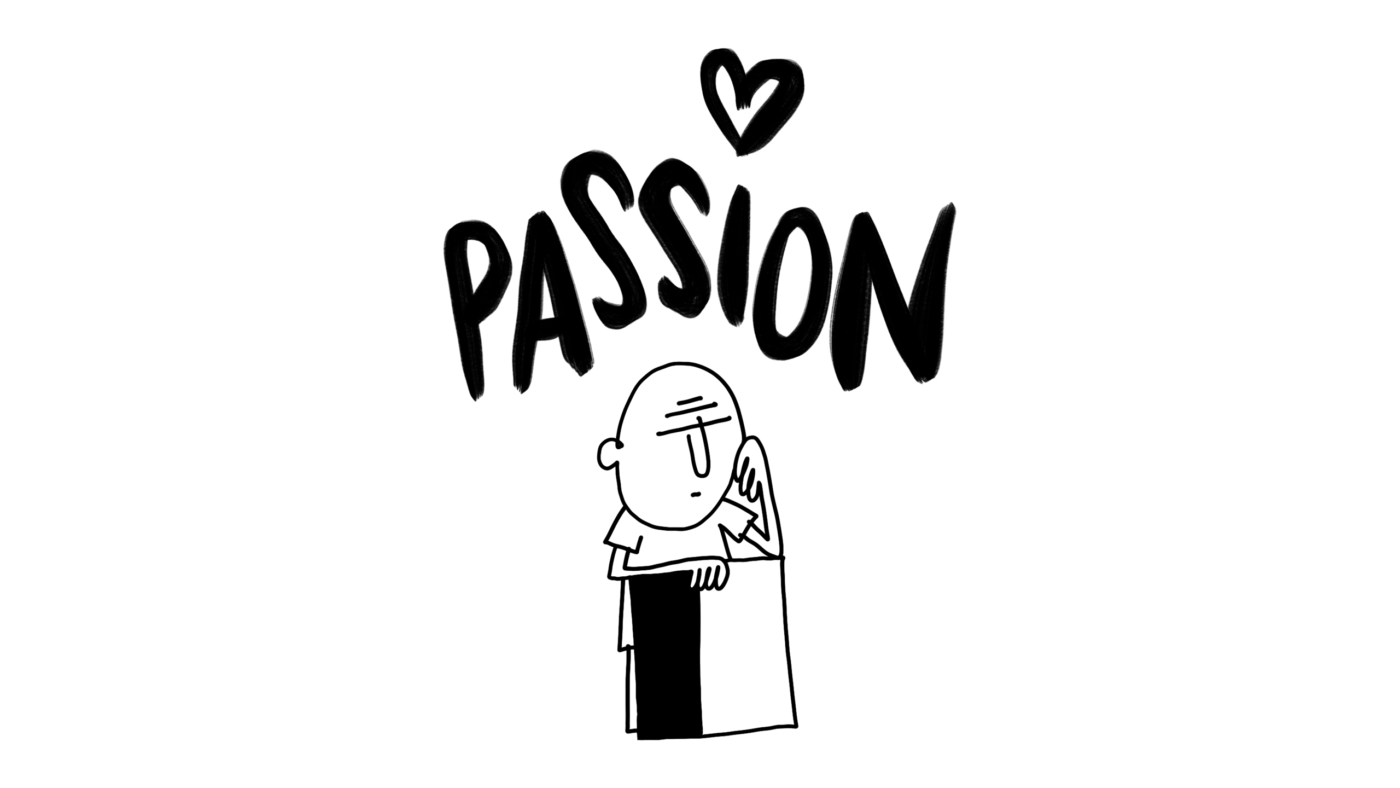
Our experience shows that a creative workshop is only ever as good as its facilitator. What, then, makes a good facilitator?
When hosting a brainstorming session, you need to bring your enthusiasm into the room.
As a facilitator, unlike a teacher, it is not your role to deliver knowledge. You accompany the group on their creative journey and lead them towards their common goal. The best way to do this is by sharing your (own) passion. High energy levels will keep participants engaged and focused, and drive the session towards results.
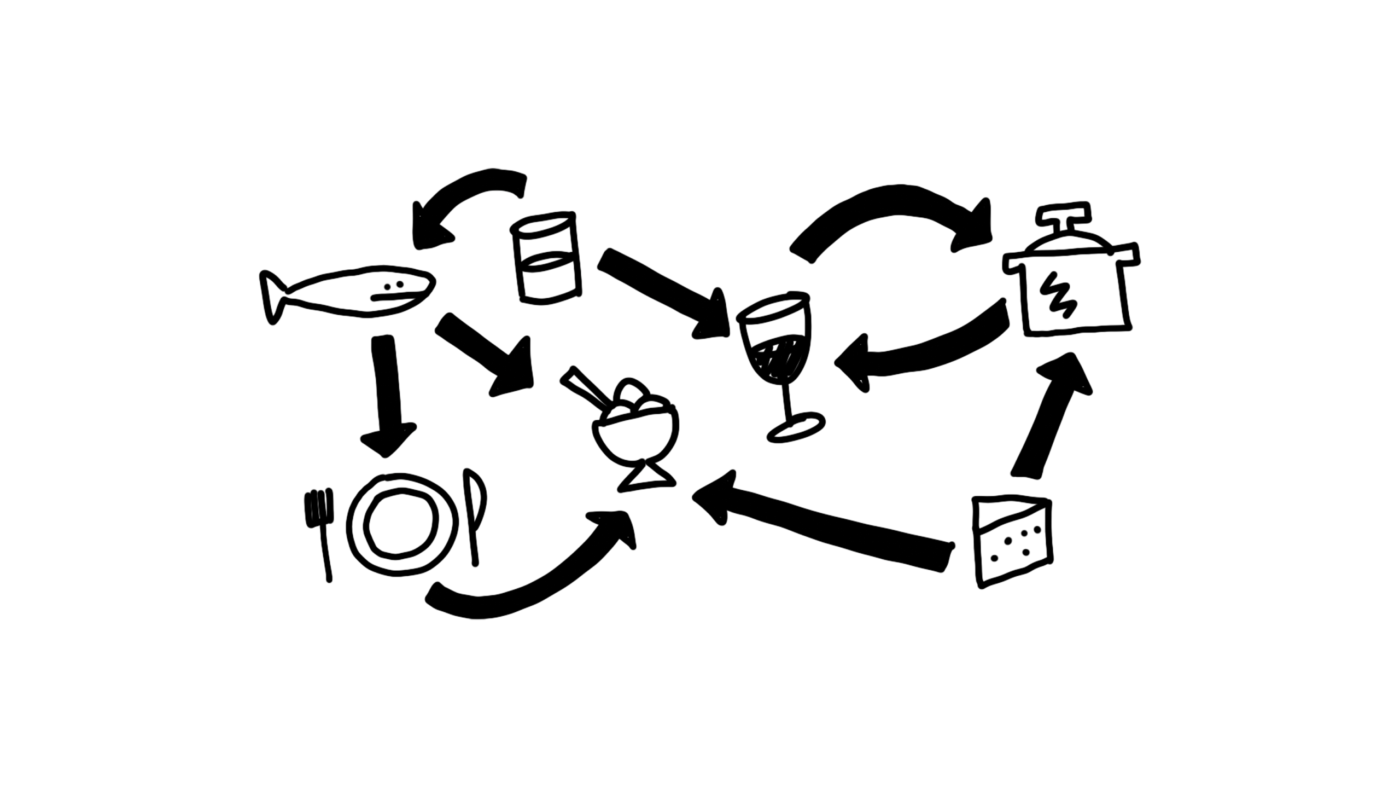 Talking about the things you love and connecting these to new ideas will also help you come over as authentic and is likely to earn you credibility and sympathy.
Talking about the things you love and connecting these to new ideas will also help you come over as authentic and is likely to earn you credibility and sympathy.
Digging into your experience, education or hobbies is not the only way to put this into practice. Do you love working with people, enjoy seeing them reach their goals? Are you fascinated by how innovation happens? Are you passionate about the project you are working on together with your teams? Start by asking yourself why you are facilitating the session and take it from there.
Tips
for passing your enthusiasm onTell your own creative stories – there is no better way to capture the hearts and minds of an audience and release creative energy.
Feed your own experience and expertise into the exercises you will use.
Participants have their own style as well: take this into account when creating sub-groups or giving the floor to someone.
Safe space
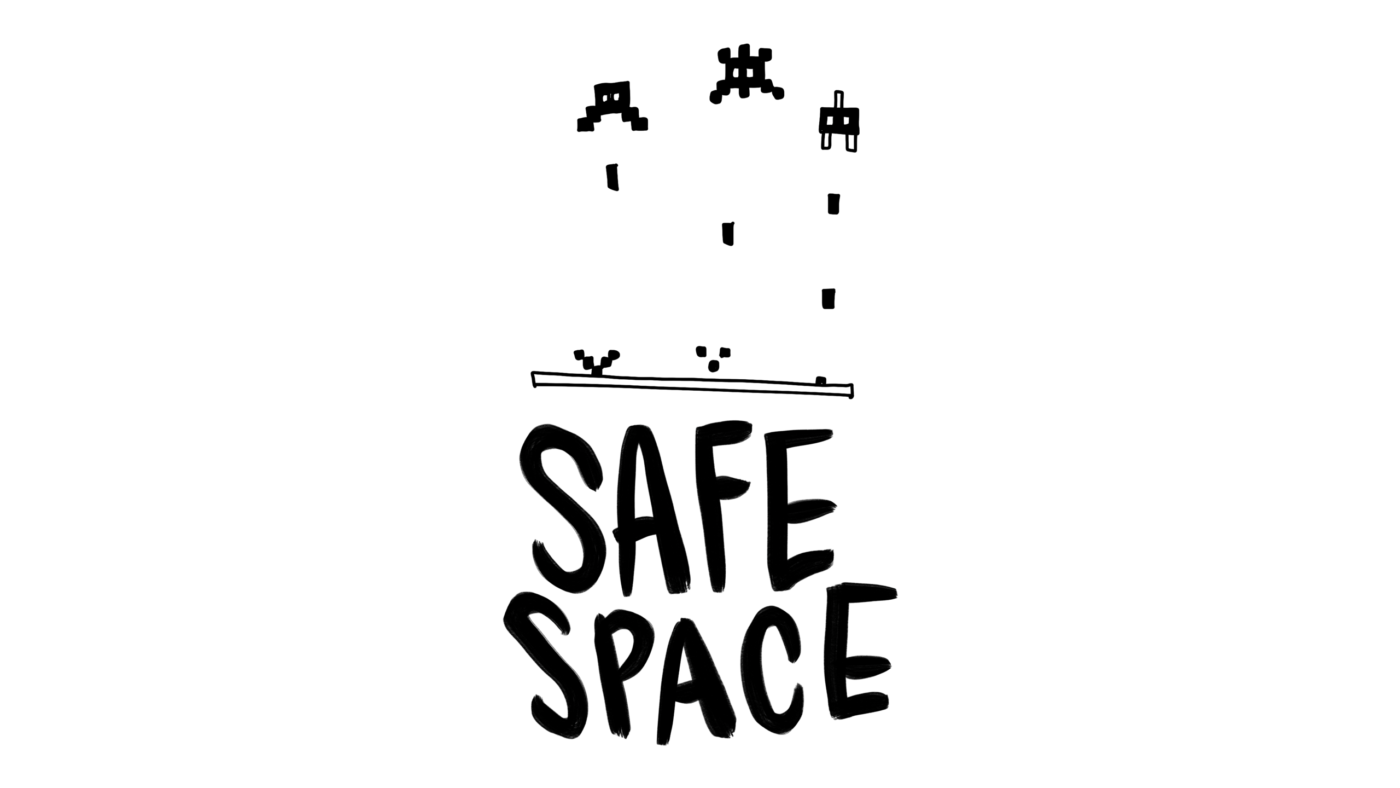
Toying with ideas during a workshop might sound like a pretty safe activity to engage in. After all, it’s closer to steering a flight simulator than to piloting an actual plane. But let’s face it: sharing new ideas is scary. It means putting yourself out there, making yourself vulnerable, risking ridicule.
To create a setting where everyone feels comfortable enough to participate and share ideas, however outlandish, you need to create a safe space.
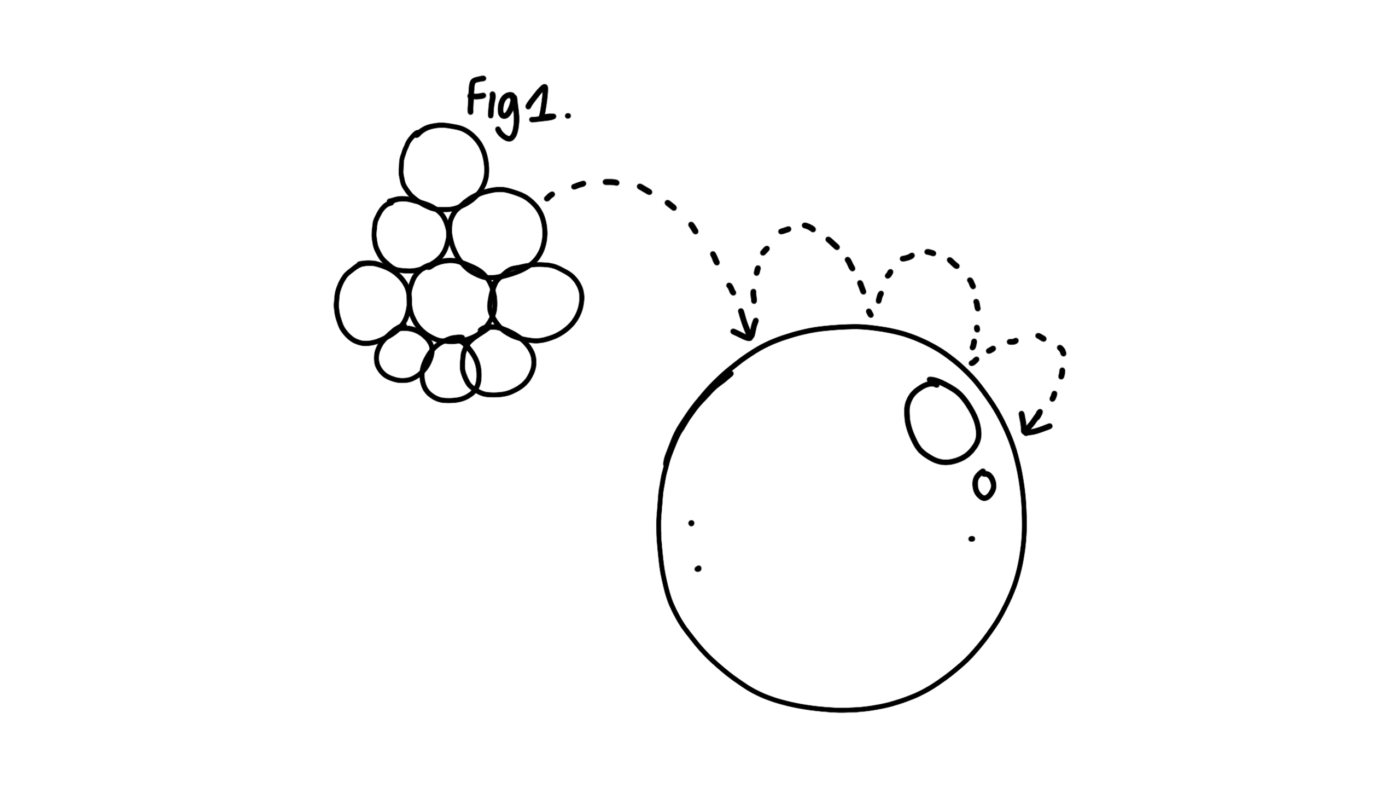
NASA is an organisation that prides itself on nurturing original ideas, and it has served them well. In 1997, the Mars Pathfinder was the first spacecraft to land using an ingenious, counter-intuitive method: airbags. Instead of firing retrorockets to slow it down before touchdown, the unmanned craft bounces on the planet’s surface until it finally settles down gently.
Imagine what it must have been like to pitch such an idea to a room of NASA engineers who had never seen or even pictured a spacecraft bouncing around: their first reaction was probably not ‘great idea’. For this bold concept to have taken off, NASA needed to provide an environment in which it could be expressed and then turned into a robust system by refining and testing it.
A space where it’s safe to think differently is one where respect is the norm. That’s respect for each other as people whose feelings we don’t want to hurt, but also respect for the process. This latter part is a bit more subtle and will require some explaining: you need to provide participants with the rules of the game. Letting all ideas live and run their course is a key part of that game.
In practice
Laying out the rule
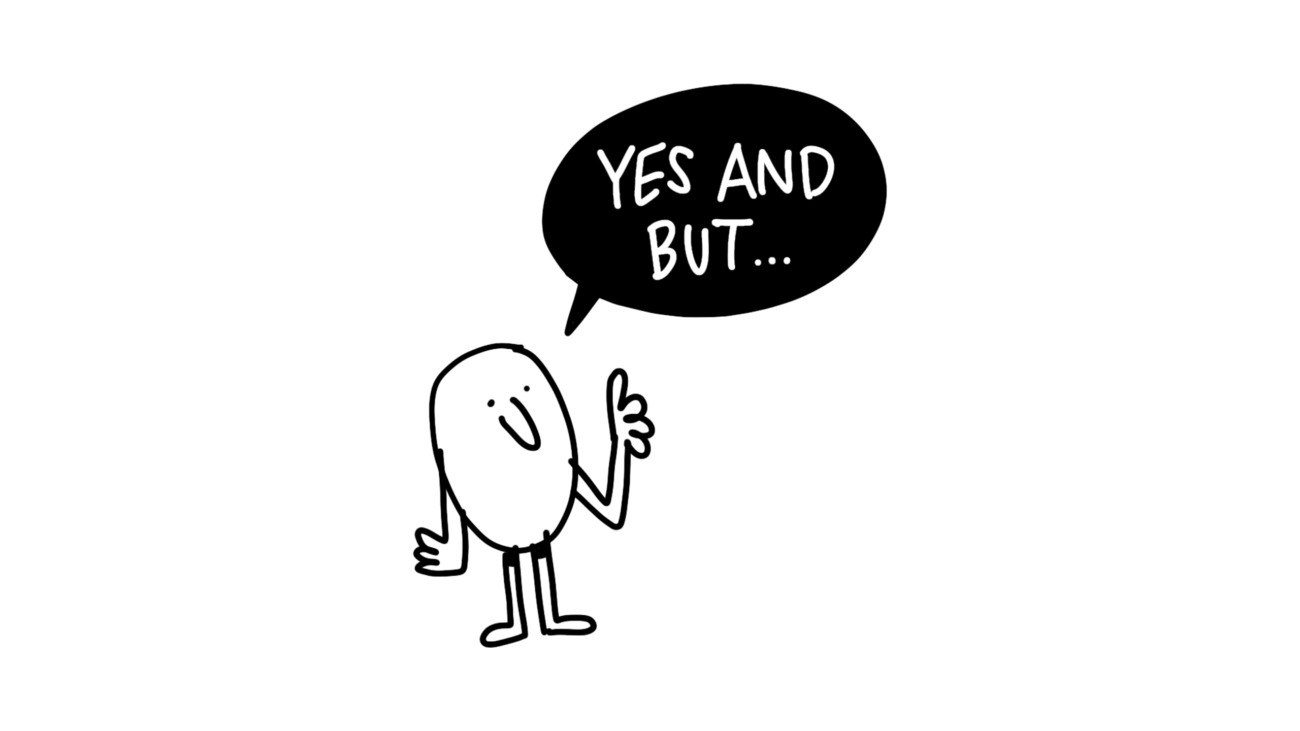
- At the start of the session, explain what to expect from each other.
- Explicitly state to the group that this is a safe space where respect is key.
- Take a moment together to reflect on how we squash new ideas (for instance by worrying about what other people will think, about resources,…).
- Establish a list of ‘killer’ phrases to avoid, such as:
- It will not work
- It is not in the budget
- The boss will never go for it
- We already tried it
- Let’s be realistic
- etc.
- Encourage them to use ‘Yes, and…’ instead of ‘Yes, but’.
Humour
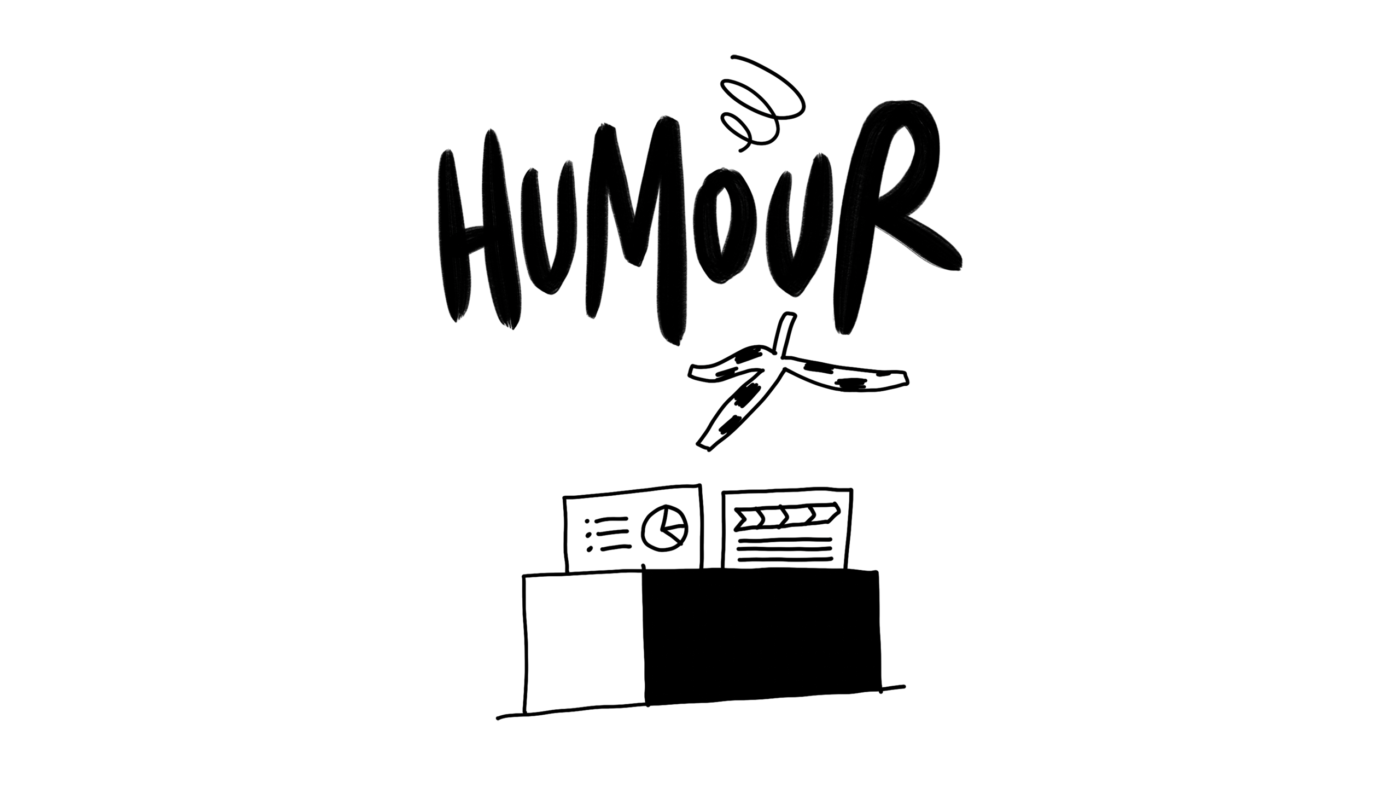
Having fun during a creative session is an imperative – no kidding. Take it from us, who have been serious about the business of creativity for years: a meeting where nobody laughs rarely generates ideas.
Humour uses the surprise effect to get a reaction. It confronts us with our assumptions and preconceptions and makes us aware of how we think. The same mental process is at play when we ‘get’ a joke and when we adjust to a new idea (or come up with one): we laugh; we stop and think; we are hit by an epiphany.
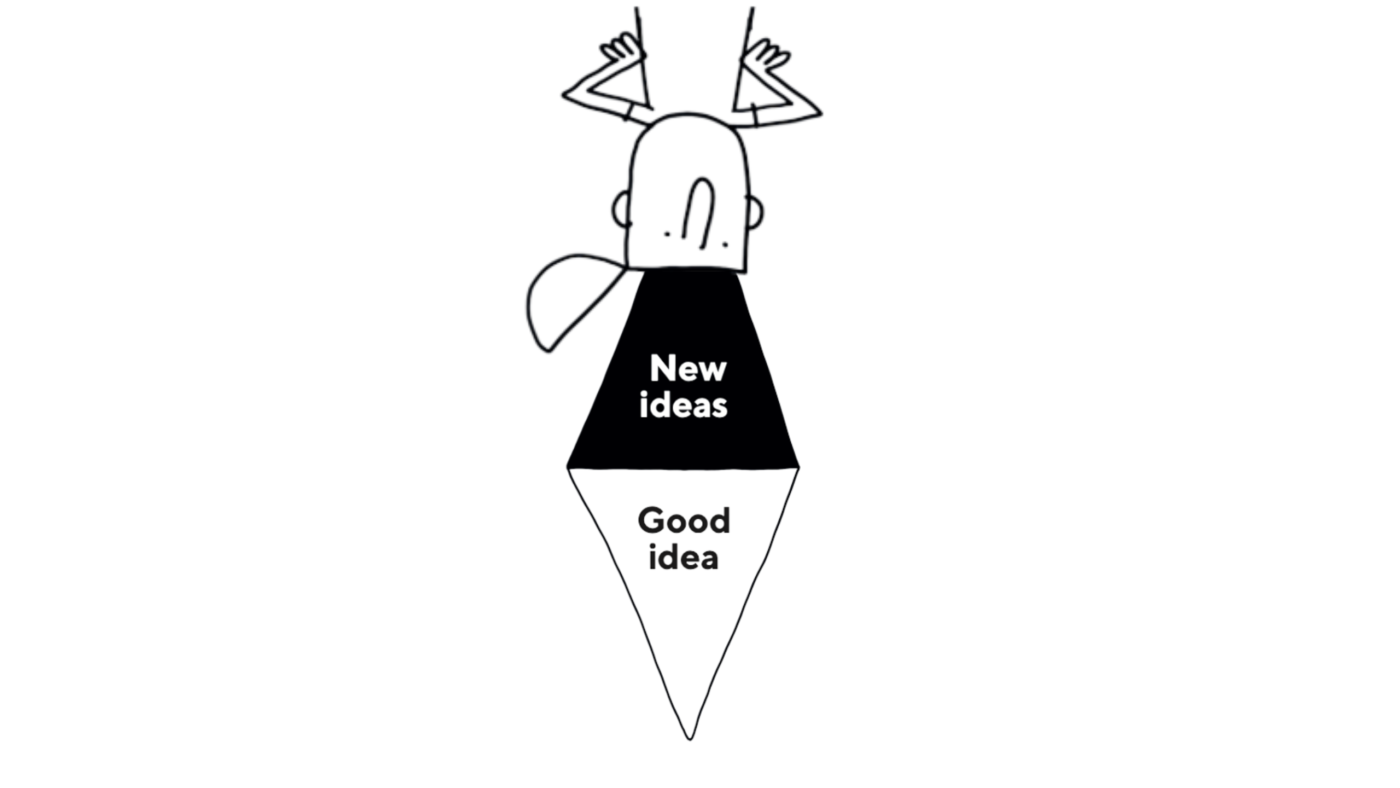
Humour also sharpens attention, raises energy, helps us relax and creates a feeling of connection between those sharing a laugh. That’s precisely the state of mind we need for a creative workshop.
If facilitating a session and telling jokes isn’t your thing, don’t worry. What’s important is that you create an atmosphere where people feel at ease exploring the funny side of things. This is easier to achieve in an onsite meeting than in an online session, where laughter and spontaneous interaction happen less easily.
Tips
for making your creative session a fun moment
Start by having a good time yourself – it will rub off on the group. Choose exercises and a setting you’re comfortable with to bolster your confidence.
Use materials with a fun twist such as cartoons or video clips to add a light touch.
Choose animation techniques with humour built in. Here are a few ideas to get you started:
- Our Icebreaker Game to get the session off to a good start
- Forbidden words: help groups rethink their (field of) activity
- Mini-worlds: explore model scenarios to discover and test solutions
- Crush your idea: imagine your idea was an object you wanted to transform
Check out our online portal for more creative recipes!
Doubt
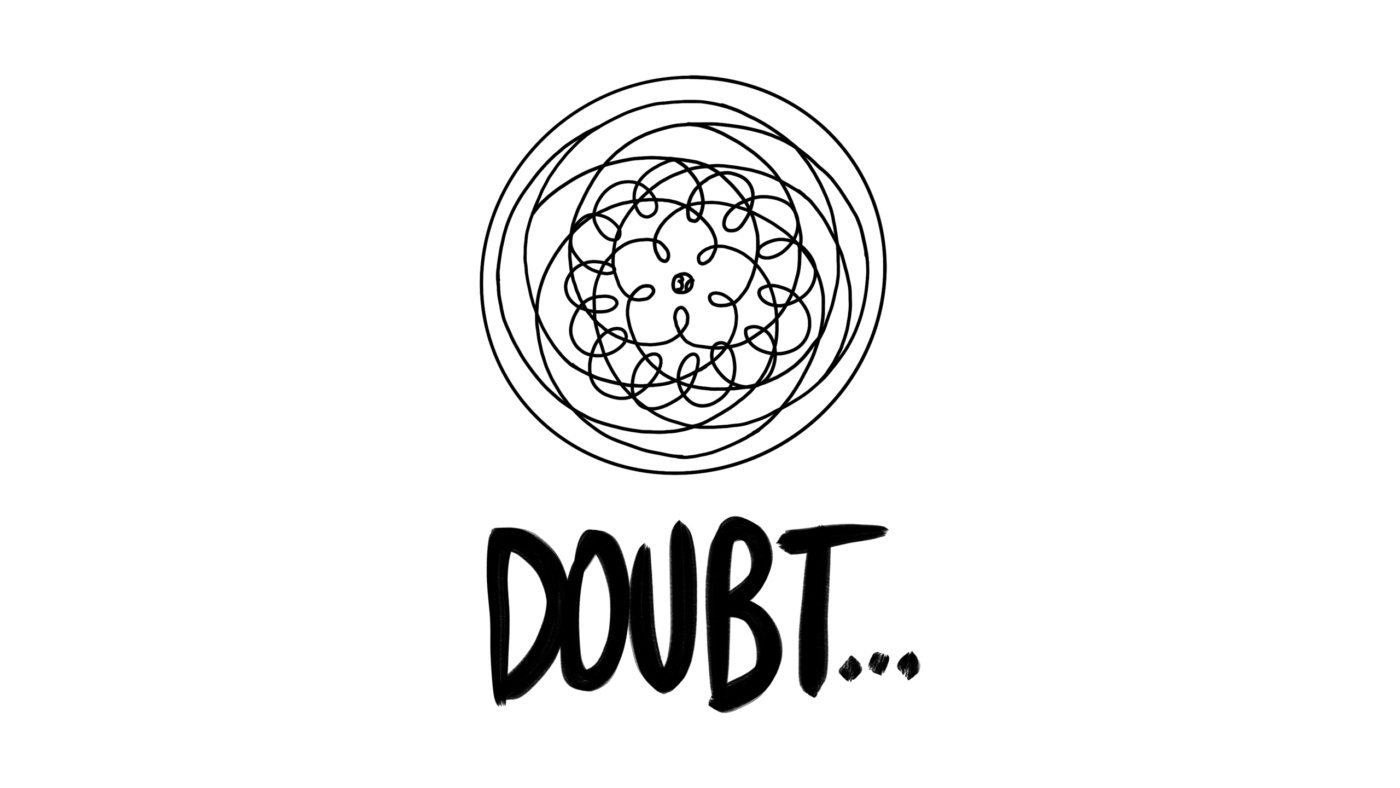
In the list of ingredients, doubt is your proverbial pinch of salt.
When it comes to seeking new solutions, doubt is not a negative mindset. On the contrary: it’s a method for escaping the ‘same old’ patterns steering our thoughts towards the same old, sometimes incorrect, conclusions.
In that sense, creativity requires a dose of scientific rigour – just as science requires a good amount of creativity.
Methodic doubt, or Cartesian doubt, is, in essence, about challenging the hypotheses behind the problem we want to solve. On the face of it, the kind of deductive reasoning we associate with Cartesianism may seem like the opposite of creative thinking, but reaching new insights and finding new ideas are two sides of the same coin.
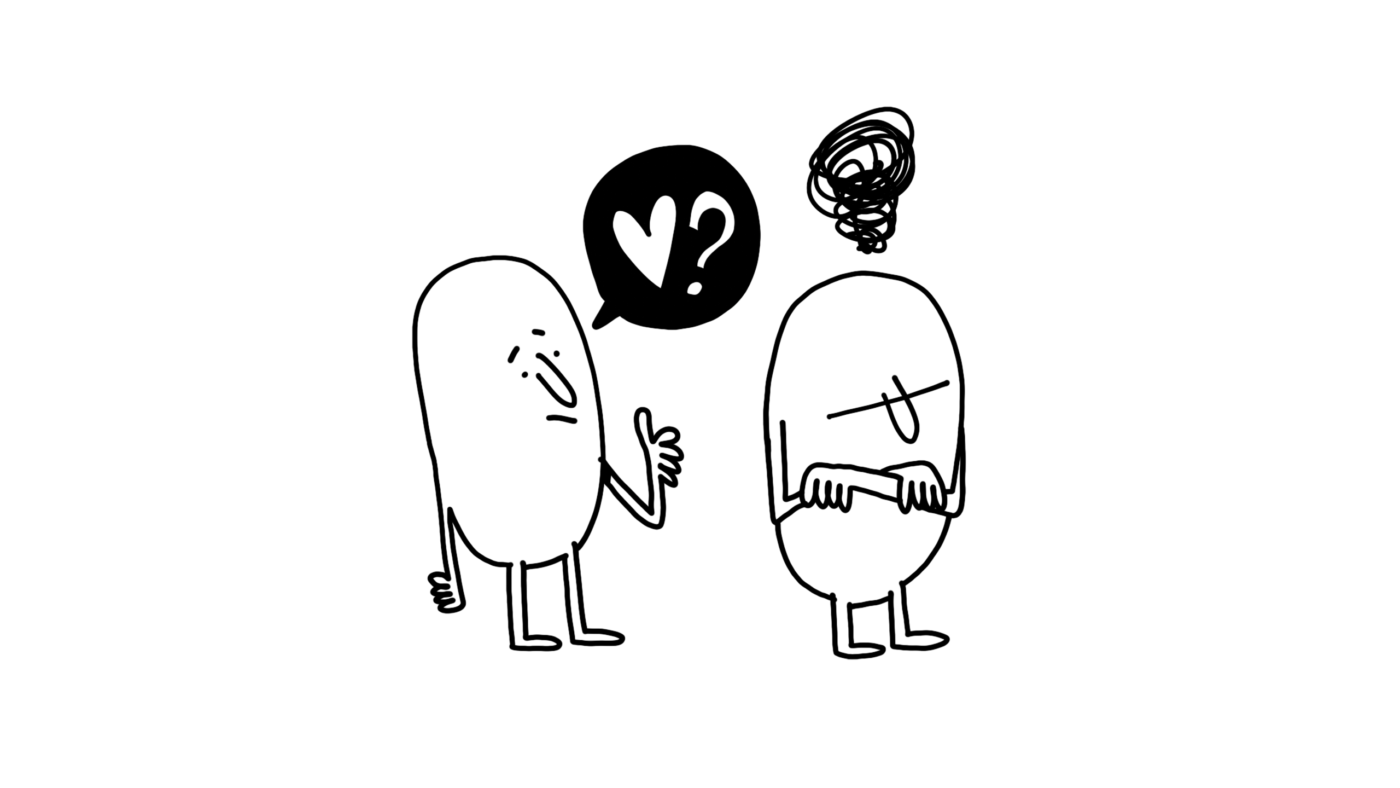 Cartesian doubt had been used by great thinkers and scientists before René Descartes gave it a name: Copernicus literally turned the world upside down when he shattered the widely held belief that the Universe revolved around the Earth.
Cartesian doubt had been used by great thinkers and scientists before René Descartes gave it a name: Copernicus literally turned the world upside down when he shattered the widely held belief that the Universe revolved around the Earth.
What led him to challenge what was then considered an immutable truth? He applied his own version of methodic doubt to Ptolemy’s geocentric world view and found it too contrived. His heliocentric counterproposal better explained the motions of the heavens, defying alternative facts and religious doctrine of the time.
Whether we are seeking scientific truths or helpful ideas, working alone or leading teams on this mission, doubt can help us pick apart received wisdom.
In practice
Cartesian doubt in action
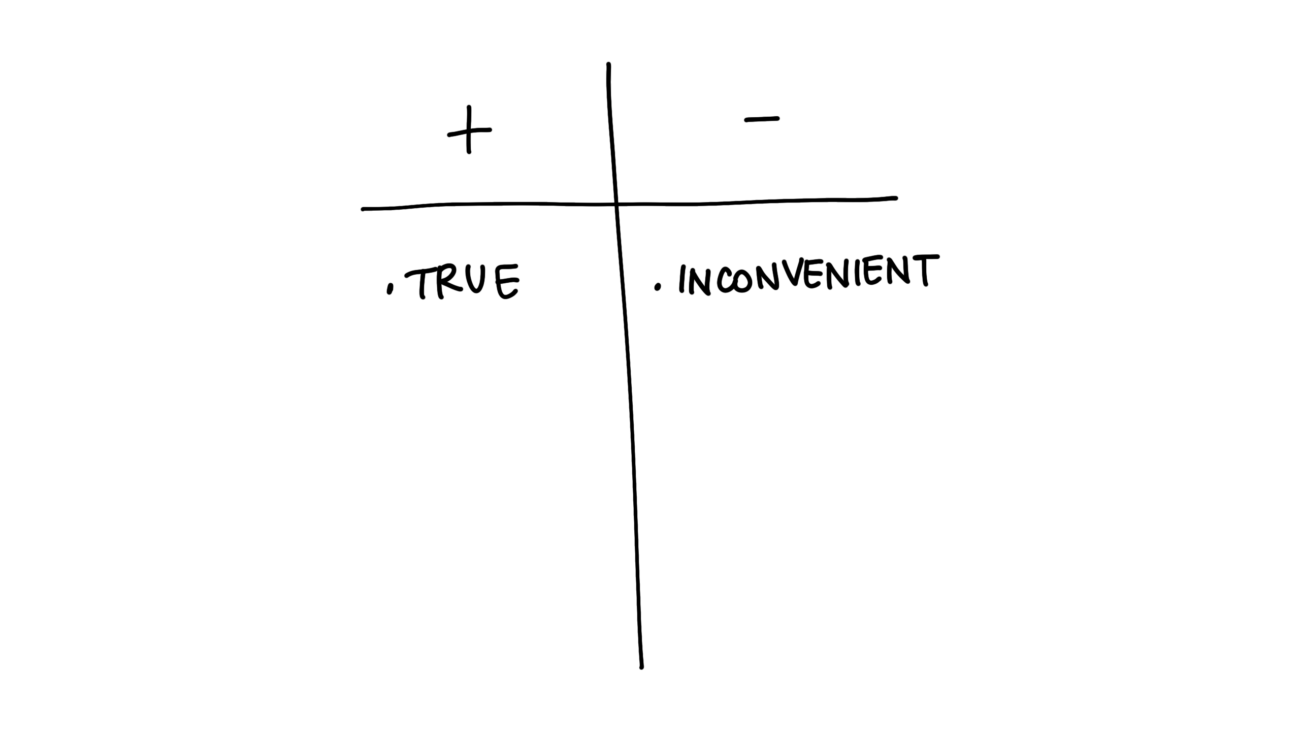
René Descartes’ truth-finding strategy is considered the root of the modern scientific method.
Here’s a practical step-by-step approach:
- Accepting only information we know is true
- Breaking these truths down into smaller units
- Solving simple problems first, then moving on to more complex ones
- Reviewing the whole to thoroughly cover all aspects
Example: Let’s say you were about to move the head office of your company to another location but want to be sure you are making the right choice. So you sit down to apply methodic doubt to your decision:
- You establish a list of reasons you believe it’s a good choice: the rent, the neighbourhood… For each of these points, you pinpoint the information based on which you have decided it compares favourably to other options.
- You break these down into categories: cost, mobility, brand image, etc.
- You start by reviewing the simple questions (e.g. mobility) and move on to the more complex ones (e.g. brand image).
- Based on this analysis, you review the situation as a whole. You end up with a list of pros and cons, and a list of points where these are not clear-cut. You decide how you can settle them, where your priorities lie, and which risks you are willing to accept.
Rigour
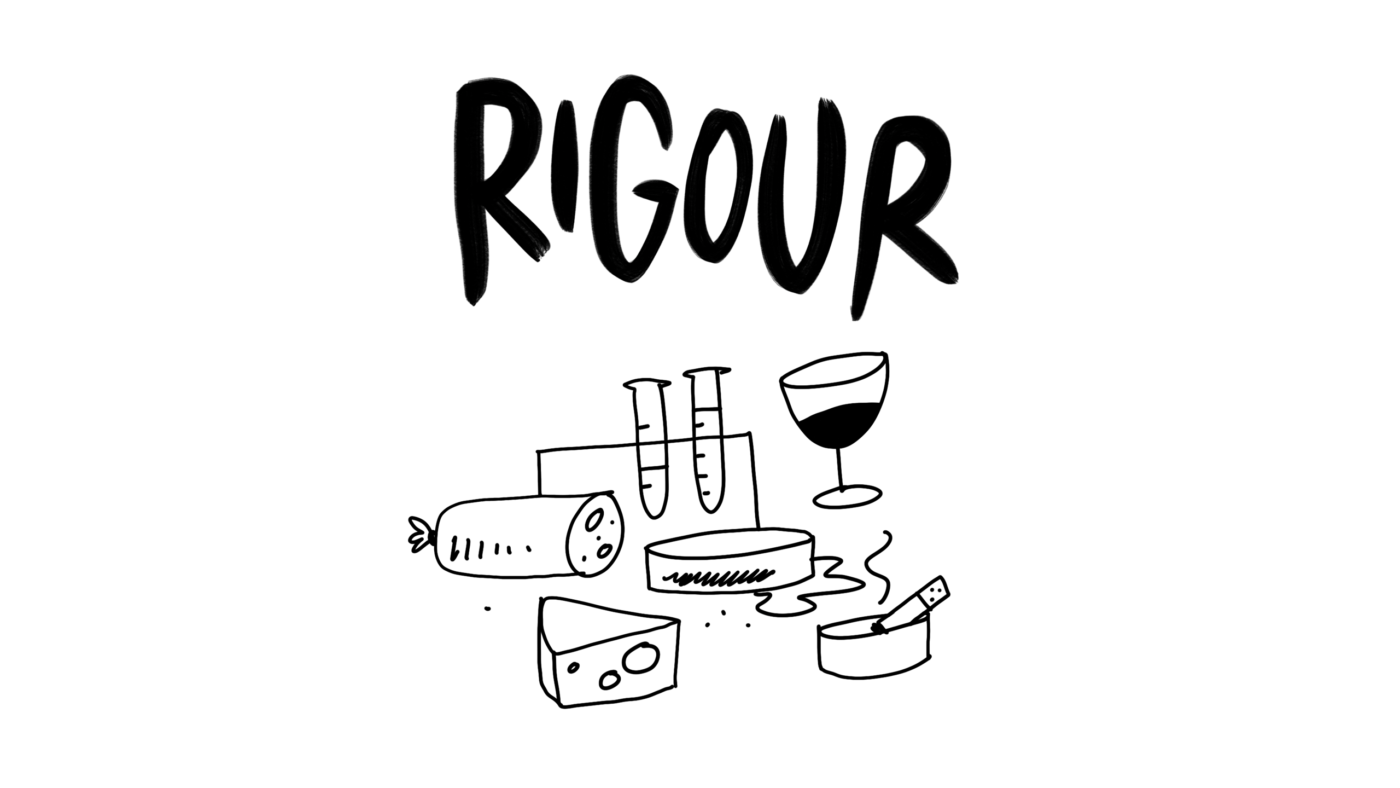
This follows logically from the previous point: doubt and rigour are the salt and pepper of your creative kitchen.
Creativity needs constraints as much as it needs freedom. Applying rigour to creativity means imposing the constraint of reality. Being rigorous is being thorough: true ingenuity is rooted in analysis and careful consideration of facts and rules.
You may know the wonderful story of how antibiotics were developed thanks to a serendipitous discovery. In 1928, Sir Alexander Fleming, then still a somewhat careless lab technician, forgot to clear away culture plates from a bench in his lab before leaving for a family holiday in Suffolk.
Upon his return, he made a startling discovery. One culture was contaminated with mould, which had prevented the growth of staphylococci on the plate. “That’s funny,” he reportedly noted. He would later identify the mould as the genus Penicillium. The world’s first antibiotic was born.
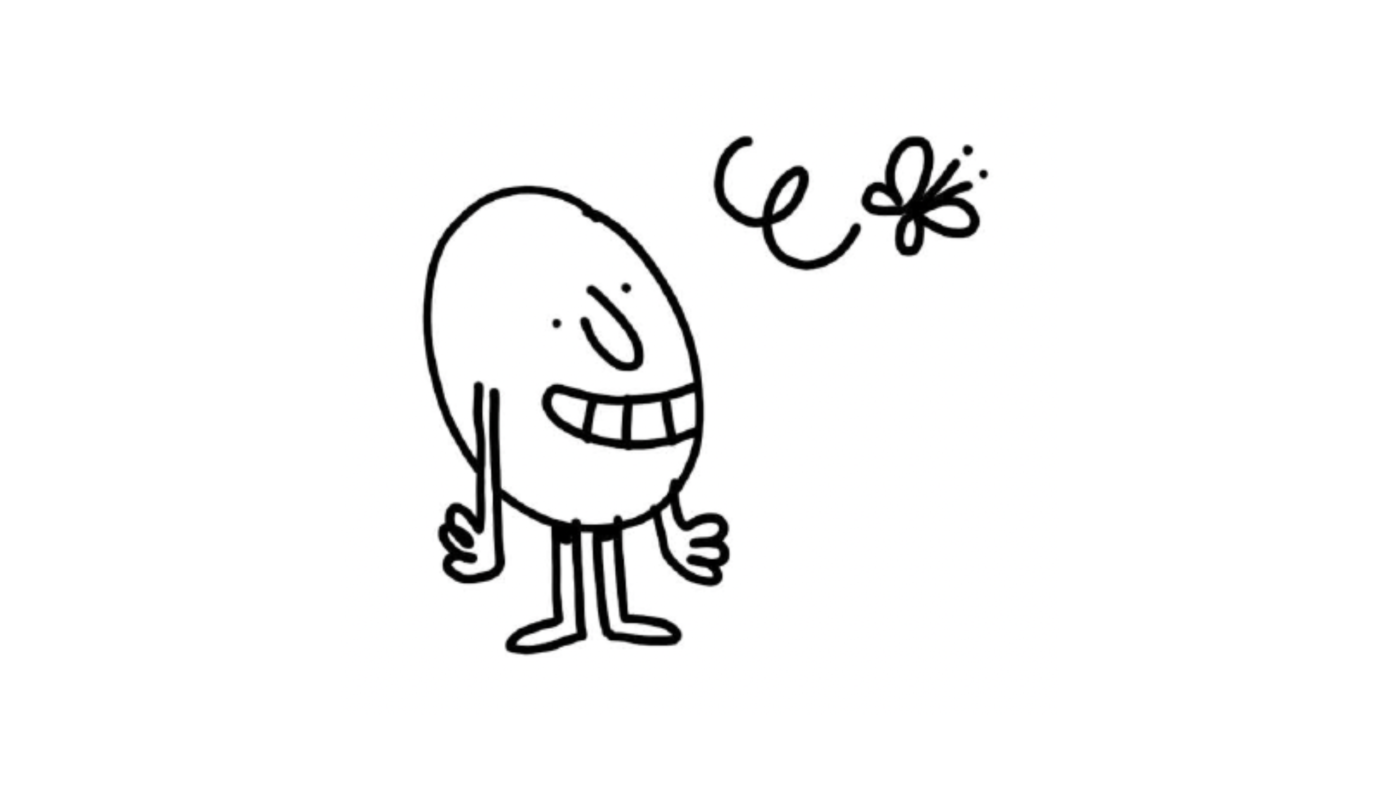
How is forgetting to clean up the lab before leaving on holiday an example of creative rigour? It took a lot more than a lucky accident to discover penicillin.
It also involved an expert with a deep understanding of the biological processes he observed, and with an open mind ready to accept the possibility that what he called ‘mould juice’ might change the way we cure illness, who would rigorously investigate his hypothesis.
Rigour is essential to ensuring we do not put the cart before the horse. It takes rigour to stick to the task at hand, and to accomplish it without taking shortcuts.
Tips
for applying rigour to creativity
Respect and follow the creative process like you would any other – more on this process below.
Use methodic doubt, thorough investigation and rigorous analysis to enable and catalyse this process.
Preparation
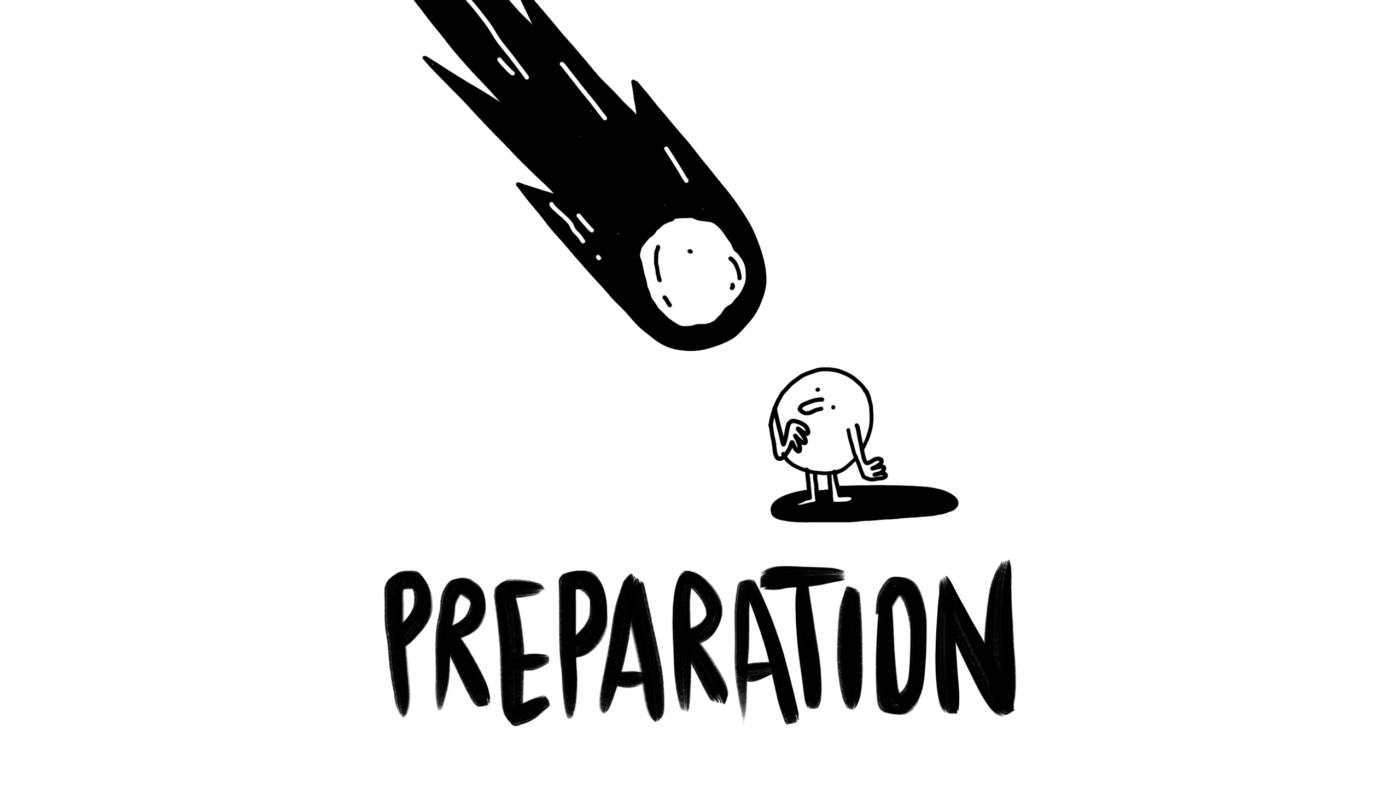
Preparation is an integral part of the creative process. According to The Art of Thought by English social psychologist Graham Wallas, there are four stages in the formation of a new thought:
- Preparation: the problem is investigated in all directions
- Incubation: a period of subconscious processing
- Illumination: the appearance of the ‘happy idea’
- Verification: the idea is tested
Of the four, preparation is the only stage we can control. We are laying the groundwork for the next phases to fall into place. The more thoroughly we go about this, the bigger the chances are that incubation will lead to illumination.

Part of the investigation occurring during the preparation phase is the definition of the problem itself. “If I had one hour to solve a problem, I would spend 55 minutes attempting to define what the problem is,” Einstein is supposed to have said. He probably never did, but whoever did had a valid point.
If you bring together people from across your organisation to attempt to solve a problem, how you frame this problem will have a big impact on outcomes. You will be able to steer the discussion better if you start looking into this aspect before getting started.
More broadly, coming prepared will help you get results: you will feel more relaxed and be able to focus on the most relevant exercises.
Tips
for preparing a creative session
Invest some time and thought into the set-up and give your participants the space to settle into the right mindset.
Tailor exercises to expected outcomes.
Invest some time in framing the question you will be seeking to answer with the group during the session
More food for thought
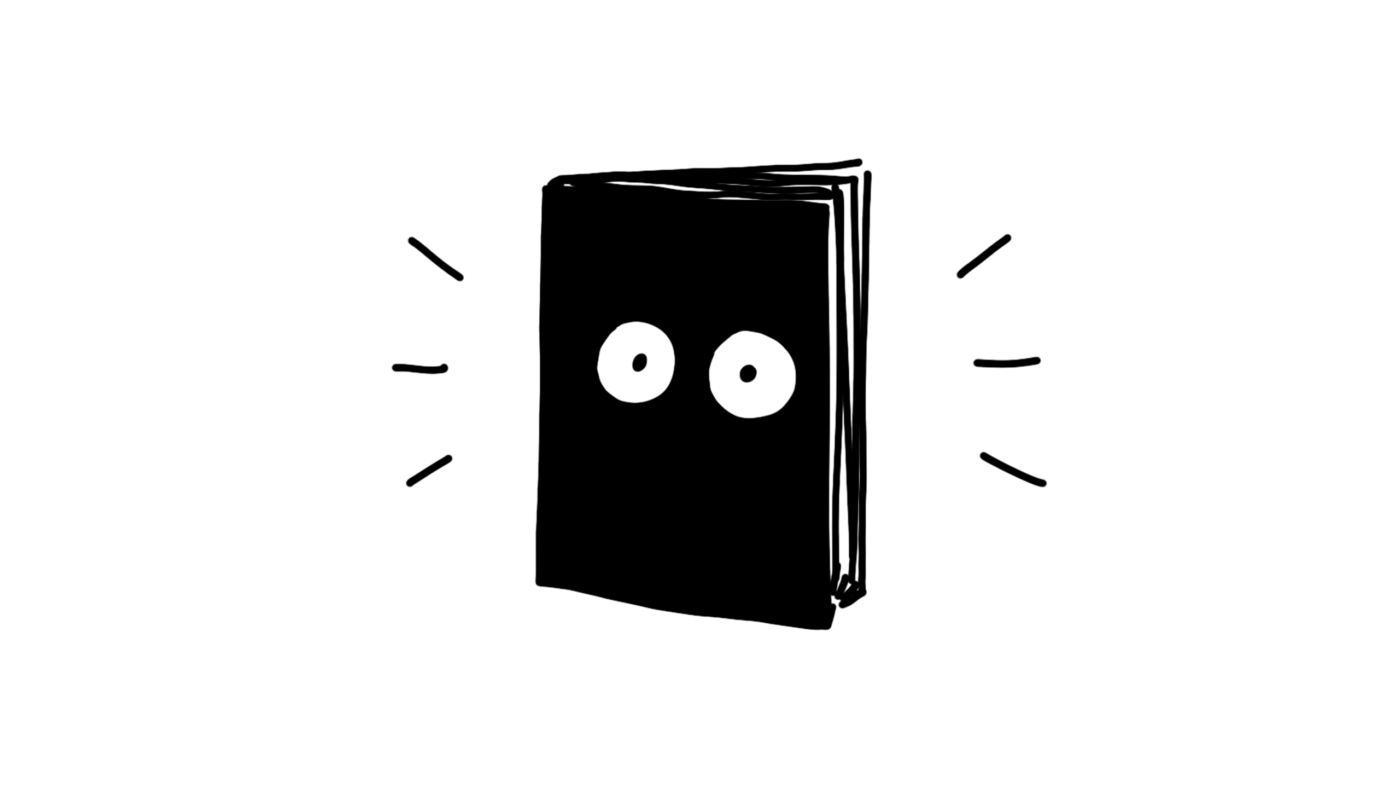
Now you’ve got the ingredients, let’s start cooking up ideas.
Every team can find creative solutions – although they often believe otherwise. With the right tools and under the right conditions, creative processes will emerge anywhere and involve everyone.
How to organise a successful creative session: Follow our step-by-step guide
And what’s on the menu of your creative feast?
Check out our creativity recipes to leverage the power of new ideas in your organisation.
The online platform contains practical exercises to help you and your team find home-cooked creative solutions to tricky challenges, big and small.
Get in touch with our team for more creative advice
At Cartoonbase, we work every day to identify ever new creative ways to get your messages across. Let’s discuss how we can help you cook up creative solutions.
